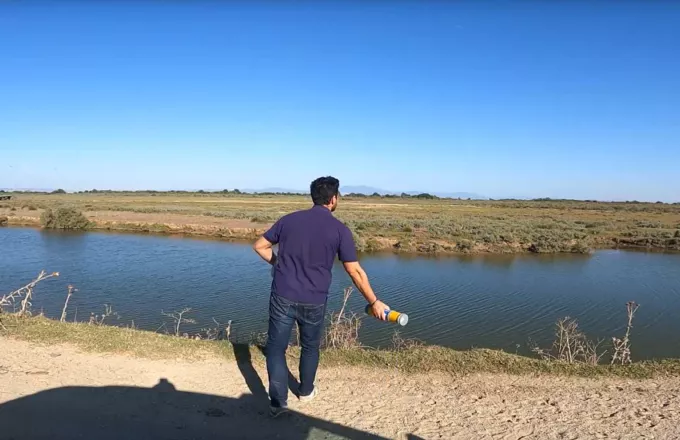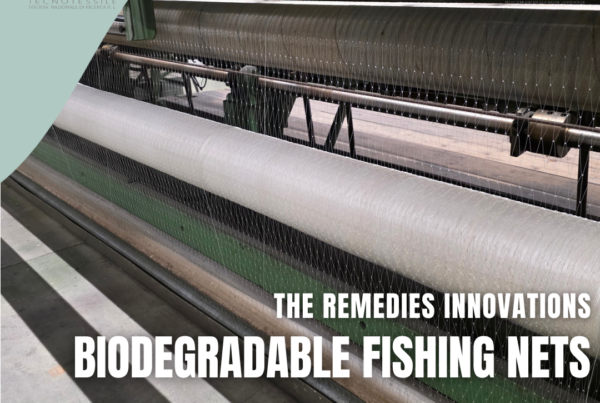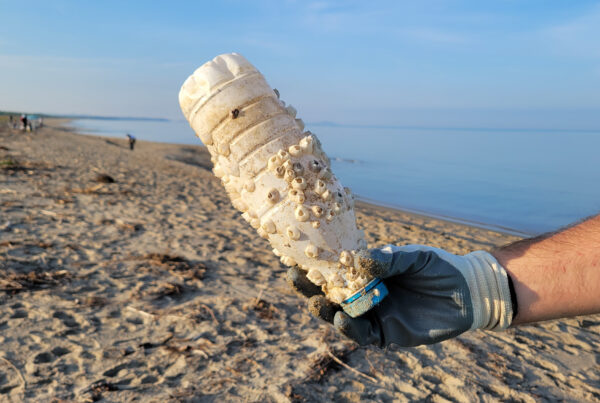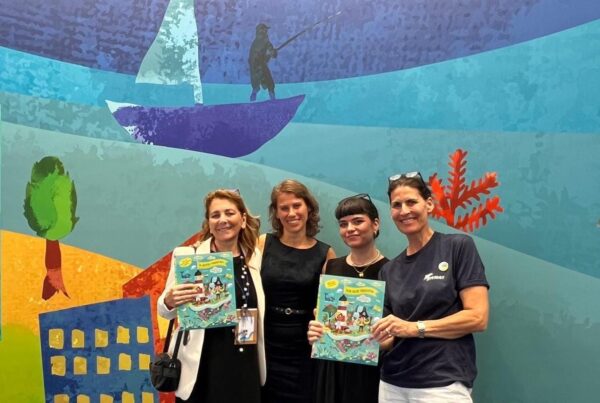
Source: the following article is based on the Greek article of Natasa Karathanou, member of Athens-Macedonia News Agency, published at skai.gr.
REMEDIES partners MC Greece (Marine Conservation Greece) is attempting to map the path of waste through waterways, focused on protecting the water resources of the broader Mediterranean region.
In this direction, special GPS devices are being deployed in rivers and the Aegean Sea to investigate the currents and winds that guide the movement of trash to specific areas. A label on these devices reads, “I am conducting research. If you find me before 2026, please leave me and inform my company about my location. Alternatively, if you find me afterward, please mail me for recycling.” This label is affixed to the blue and yellow devices that are already “traveling” in the Aegean and in four rivers in Northern Greece, including the Axios, Aliakmonas, Evros, and Strymonas, leaving their mark.
“The deployment of these devices is part of the action plan of the EU funded program REMEDIES, which aims to create innovative solutions and technologies for monitoring, collecting, preventing, and valorizing (micro)plastics from our oceans,” says Giannis Lelekis, an environmental engineer from the company MC Greece, who designed the devices.
After conducting research, especially on the islands of the Cyclades, it was found that several foreign-labeled plastic waste items are not only the result of tourism but have entered our country through transboundary rivers and ended up in the sea on certain beaches.
“We started the initial device deployments in early June in the southern part of the Cyclades, from Serifos to Amorgos. This was followed by the northern area of Mykonos, and a few days ago, in four rivers in northern Greece. In total, we have deployed 50 devices, of which 40 remain active, as the rest, based on their signal, appear to be stable and have likely been removed from the water,” Mr. Lelekis reports.
It should be noted that some of the devices are plastic, while others are wooden, and they are all waterproof with visible labels and tags providing information about the research project to prevent them from being mistaken for trash and discarded.
“The plastic device weighs 370 grams, while the wooden one weighs approximately 700 grams. They are made from different materials because we wanted to track the paths of plastic, which travels four to five times faster than wood,” Mr. Lelekis clarifies. The goal is to monitor all devices for two years, allowing for the subsequent tracking of garbage through rivers.
“We have already observed that a device dropped in the Evros has currently reached Halkidiki, where another device we dropped in Aliakmonas also ended up,” Mr. Lelekis points out.
In total, through this program, 200 deployments will be made over various time periods in the next two years to map the trajectory of waste located on various beaches.
However, according to Mr. Lelekis, the biggest problem is that people who see the devices often disregard the labeling and attempt to remove them from the water.
“I want to urge anyone who sees our device in the water to leave it and not try to remove it, so we can successfully complete our program,” Mr. Lelekis implores. He adds that all the devices, upon the completion of the research project, will be collected and sent for recycling, as they are made from environmentally friendly and recyclable materials for environmental protection.





